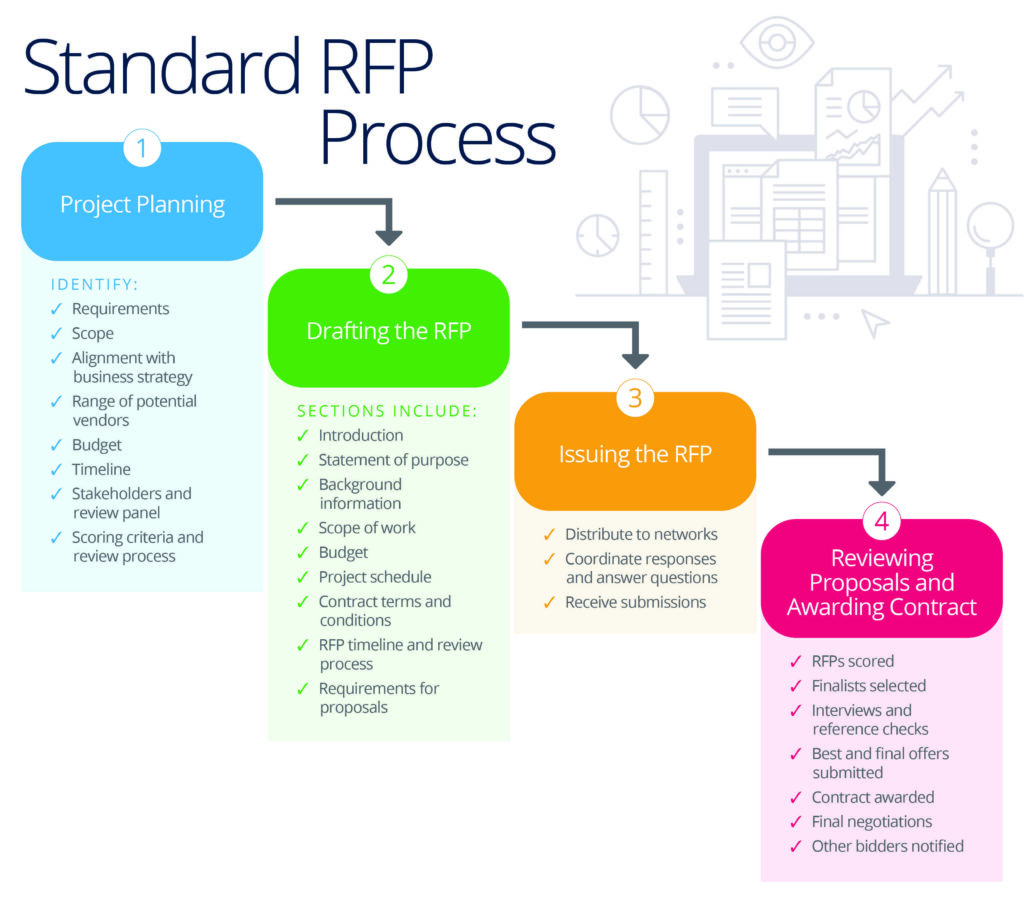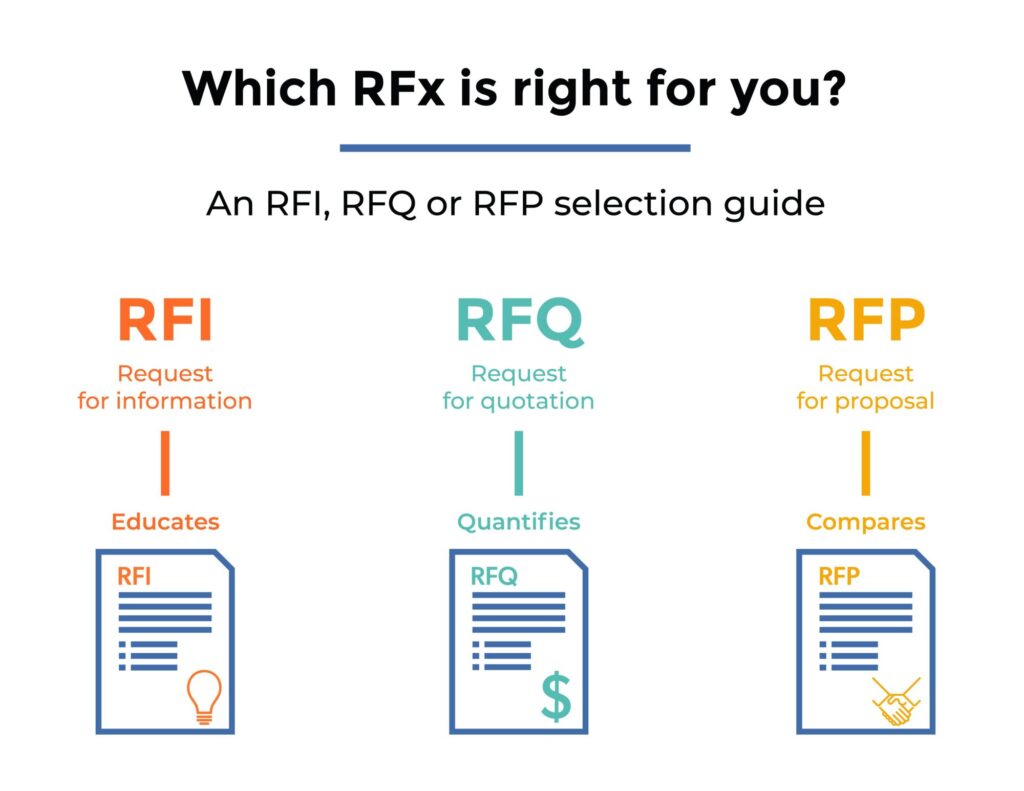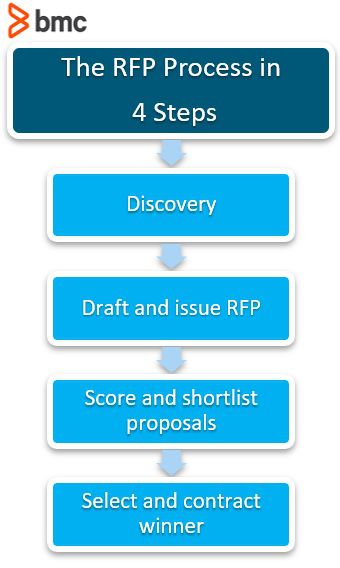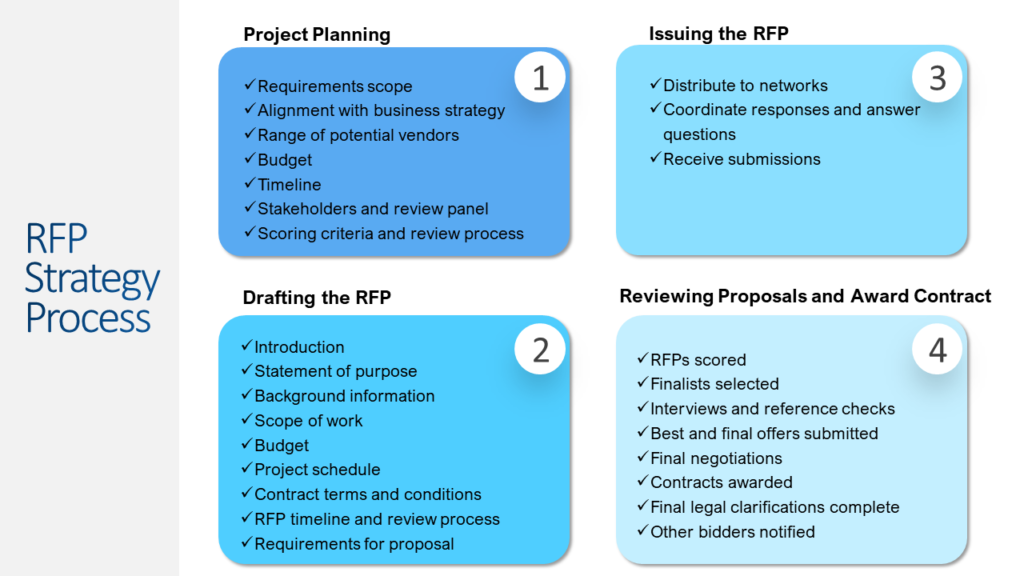
Are you curious about what RFP means in project management? Well, look no further! In this article, we will explore the concept of RFP, or Request for Proposal, and its significance in project management. Whether you’re new to the field or simply seeking clarity on this term, we’ve got you covered. So sit back, relax, and get ready to expand your knowledge on understanding RFP in project management.
Understanding RFP in Project Management

Definition of RFP
In the realm of project management, Request for Proposal (RFP) is a document used to solicit proposals from potential vendors or suppliers for a particular project. It serves as a formal invitation extended to qualified suppliers, asking them to submit proposals outlining how they can meet the project’s specific requirements. The RFP provides detailed information about the project’s objectives, scope, deliverables, timeline, and evaluation criteria.
Purpose of RFP
The primary purpose of an RFP is to help project managers identify suitable vendors who can deliver the desired services or products. By clearly communicating the project requirements, an RFP enables vendors to understand the client’s needs and propose tailored solutions. Additionally, RFPs facilitate a fair and competitive bidding process by ensuring that all vendors have equal access to project information. This transparency fosters healthy competition and allows project managers to choose the vendor that best aligns with the project’s objectives.
Benefits of RFP
Implementing RFPs in project management offers several benefits. Firstly, RFPs provide a structured and standardized approach to vendor selection, ensuring that all proposals are evaluated based on the same criteria. Secondly, the competitive nature of the RFP process helps project managers identify vendors who offer the best value for money. By comparing multiple proposals, project managers can make informed decisions and negotiate favorable terms. Lastly, RFPs foster transparency and accountability, as project managers can refer back to the RFP document when measuring vendor performance against agreed-upon criteria.
When to use RFP
RFPs are typically used in complex projects where the procurement process involves external vendors or suppliers. If the project involves substantial expenditures, requires specialized skills, or demands a significant amount of resources from the vendor, then utilizing an RFP is recommended. RFPs are commonly used in industries such as construction, information technology, manufacturing, and consulting. When seeking external expertise or services for a project, an RFP helps ensure that the selected vendor is the most qualified and capable of meeting the project’s unique needs.

Components of an RFP
A well-crafted RFP consists of several essential components. Firstly, it includes a clear and concise introduction that outlines the project’s background, objectives, and overall scope. Next, the RFP incorporates a detailed description of the deliverables expected from the vendor, including any specific technical requirements or standards to be met. The timeline for the project, including key milestones and deadlines, should also be clearly stated in the RFP. Additionally, an effective RFP should include evaluation criteria, such as experience, cost, quality, and proposed approach. Finally, the RFP should provide guidelines on how vendors should submit their proposals, including the required format and deadline.
Key considerations in creating an RFP
When creating an RFP, there are several key considerations that project managers should keep in mind. Firstly, it is vital to clearly define the project’s objectives and requirements to ensure that vendors understand what is expected of them. Secondly, project managers should identify and prioritize the critical evaluation criteria that will be used to select the vendor. By establishing these criteria upfront, the evaluation process becomes more objective and focused. Furthermore, project managers should ensure that the RFP includes comprehensive details and instructions, leaving no room for ambiguity or misinterpretation. Lastly, it is important to allocate sufficient time for vendors to prepare and submit their proposals, considering the complexity of the project and the effort required for vendors to respond effectively.

Typical sections in an RFP
An RFP typically consists of several sections that provide a comprehensive overview of the project. The initial section introduces the project, provides background information, and highlights its significance. Following the introduction, the RFP includes a section detailing the project scope, objectives, and deliverables. This section clarifies what the vendor needs to provide and sets clear expectations. The RFP also includes a section on evaluation criteria, which specifies the factors that will be considered when assessing the vendor’s proposal. Additionally, the RFP should include a section dedicated to outlining the proposal submission process and any specific formatting or documentation requirements. Lastly, the RFP may contain a section on contractual terms and conditions, addressing matters such as payment terms, intellectual property rights, and termination clauses.
Common mistakes to avoid in RFPs
While creating an RFP, it is crucial to avoid certain common mistakes that can hinder the effectiveness of the document. One common mistake is being overly prescriptive, imposing unnecessary constraints on vendors and preventing them from providing innovative solutions. It is important to strike the right balance between specifying requirements and allowing vendors freedom to propose creative approaches. Another mistake is failing to clearly communicate evaluation criteria, leading to confusion and subjective decision-making during the selection process. It is essential to define evaluation criteria explicitly and weight them appropriately based on their importance to the project. Lastly, rushing the RFP creation process or providing insufficient information can lead to incomplete or inadequate vendor proposals. Taking the time to carefully and thoroughly develop the RFP will yield higher-quality responses and better vendor selections.

Best practices in managing RFP processes
To effectively manage RFP processes, project managers should adhere to certain best practices. Firstly, it is crucial to communicate openly and transparently with potential vendors throughout the process. Responding promptly to vendor inquiries and providing clarifications promptly will help build trust and ensure that vendors can submit well-informed proposals. Secondly, project managers should diligently evaluate proposals while respecting the specified evaluation criteria. Objective scoring and comprehensive assessment of each proposal will lead to well-informed vendor selections. Furthermore, involving relevant stakeholders in the evaluation process can provide different perspectives and reduce bias. Lastly, project managers should strive to maintain consistency and fairness throughout the bidding process by treating all vendors equitably and providing timely updates on the evaluation status.
Examples of RFP templates
To assist project managers, there are numerous RFP templates available that can serve as a starting point in creating their own RFPs. These templates provide a structure and format that can be customized to suit the needs of specific projects. Some examples of RFP templates include those designed for IT services, construction projects, marketing campaigns, and software development. These templates often include sections for project background, objectives, scope, deliverables, evaluation criteria, submission requirements, and contractual terms. Project managers can explore these templates, adapt them to their unique requirements, and save time in the RFP creation process.
In conclusion, understanding RFP in project management is essential for effectively sourcing and selecting vendors or suppliers. By defining project requirements, evaluating proposals, and fostering transparency, RFPs streamline the procurement process and ensure the best possible outcomes for projects. By considering key components, avoiding common mistakes, and adhering to best practices, project managers can successfully manage RFP processes and secure partnerships with qualified vendors. Utilizing RFP templates as a foundation further supports efficient and structured RFP creation. With a well-crafted RFP, project managers can engage potential vendors, evaluate proposals comprehensively, and ultimately choose the vendor best suited to deliver successful project outcomes.








